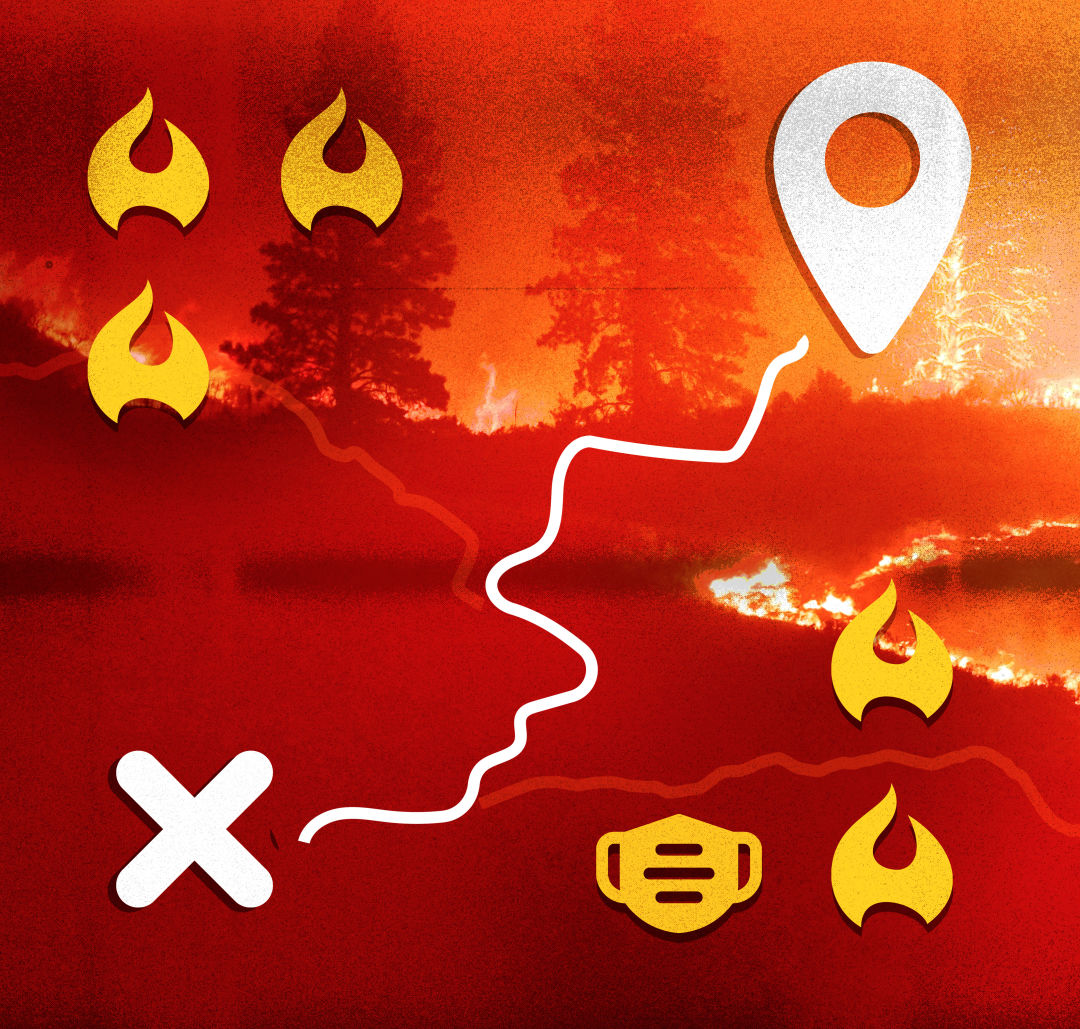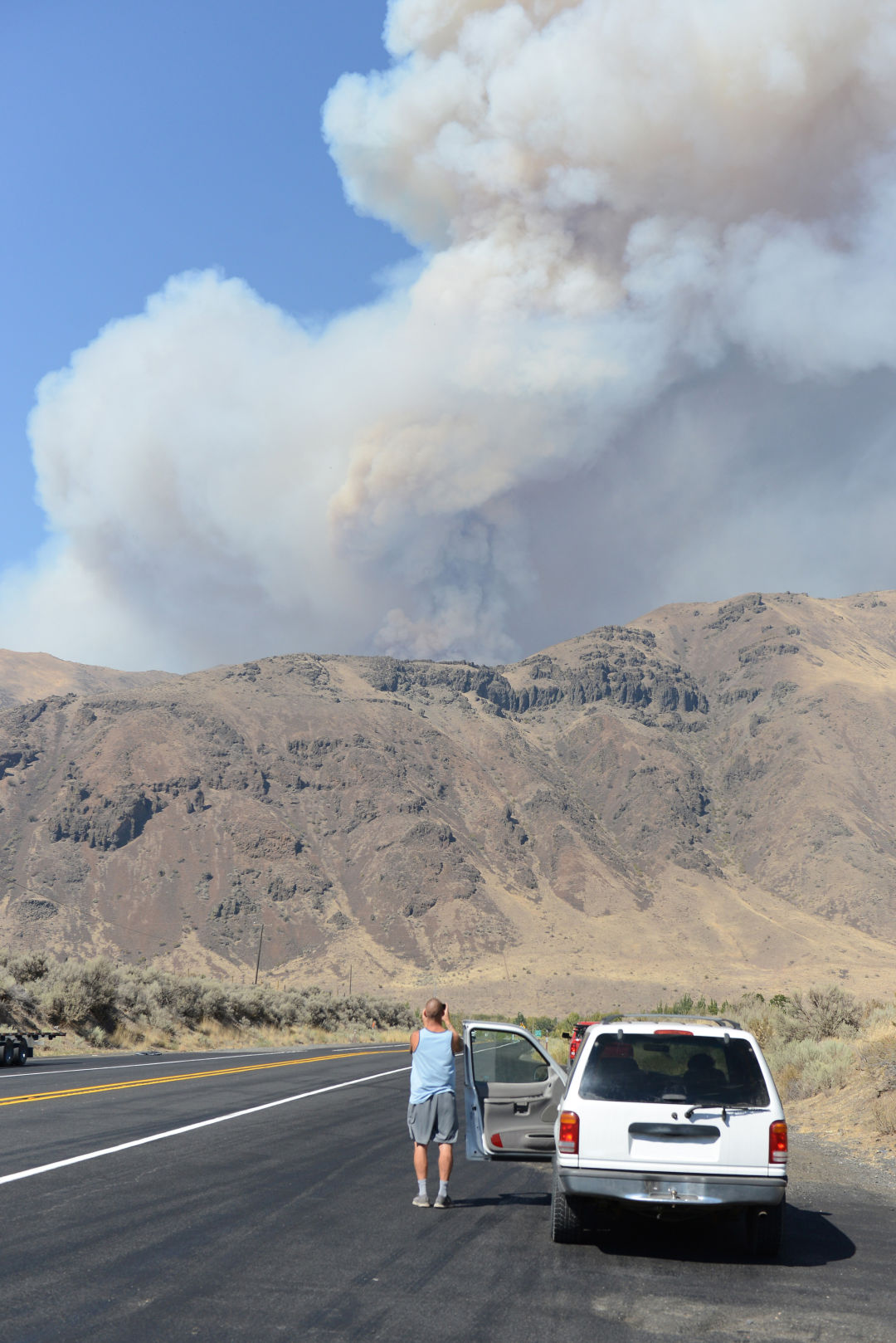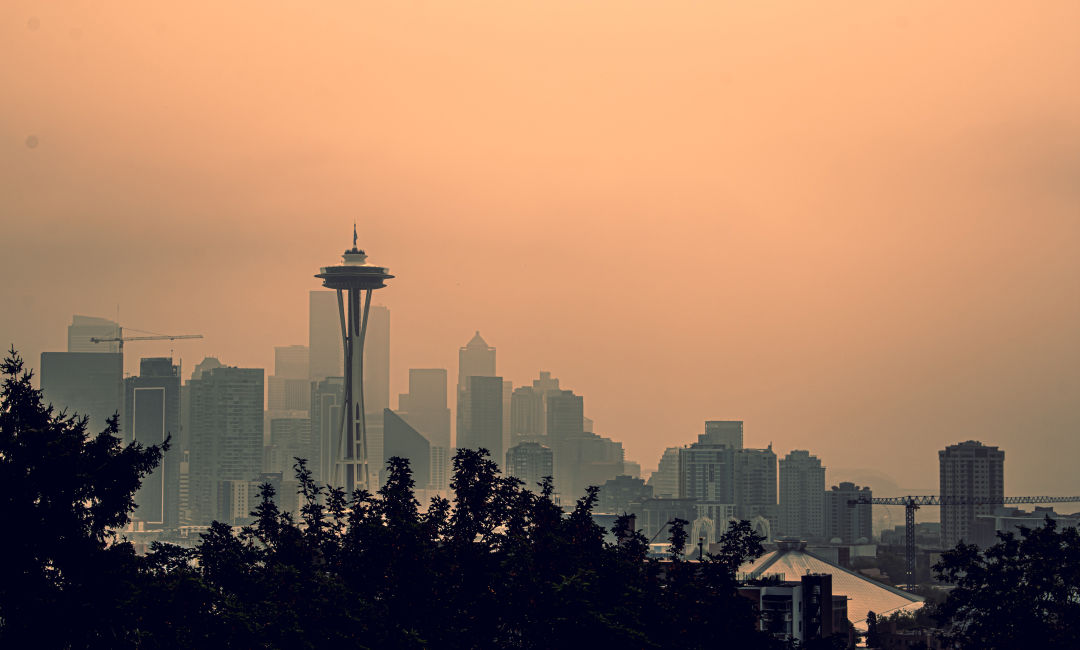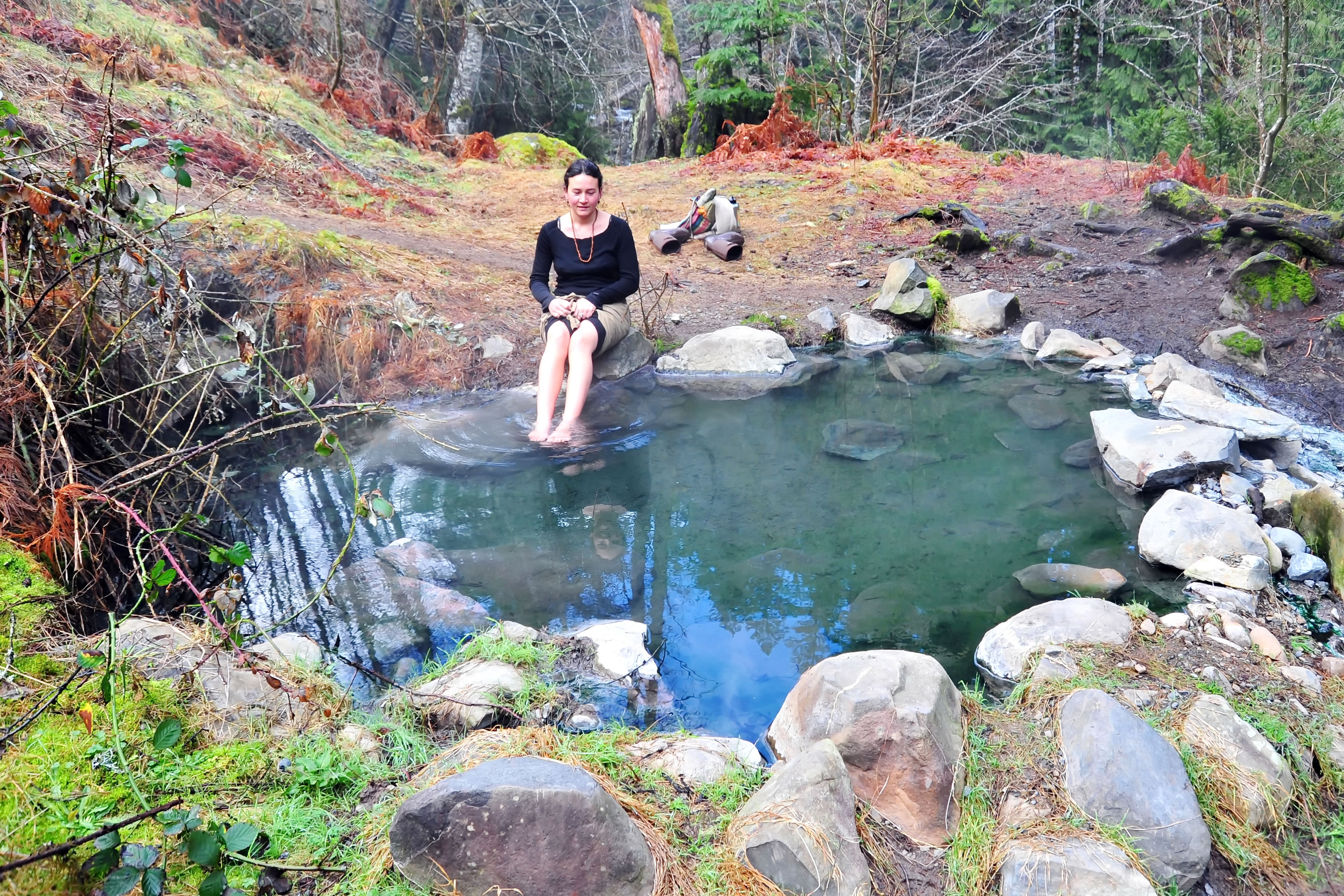Seattle Guide to Wildfires and Smoke

Sometime between Juneuary and Pumpkin Spice Latte time, a new annual tradition has emerged: fire season. Wildfires and their effects are reshaping the American West and the people who live here. What can we do about it? We answer your biggest questions on how to be prepared and stay safe in Seattle.
What to Know about Washington Wildfires
Are there any wildfires in Washington right now?
The best resource for spotting and tracking the blazes that emerge in summer is the map from the Northwest Interagency Coordination Center, one of 11 sites nationally set up to gather information from federal and state fire agencies. Their fire map traces the perimeters of each fire; the state’s Department of Natural Resources has a similar website that has information on the first reports of a fire and whether the cause is known.
Are wildfires worse lately (or does it just seem like it?)
“It’s not just people’s perception,” says state climatologist and University of Washington research scientist Nick Bond. “While the number of wildfires in Washington state has stayed roughly the same over time, since the turn of the century or so the number of acres burned has definitely gone up.” But, there are better and worse summers; 2019 was rather cloudy, while 2020 included an apocalyptic week following Labor Day. Still, says Bond, the trend toward warmer and drier summers in the Pacific Northwest means bigger fires—and, he notes, an earlier start to a problem that used to be most noticeable around back-to-school days.

The Evans Canyon wildfire in Naches, Washington, 2020.
How do we stop wildfires?
By not starting the conflagrations in the first place. A whopping 80 to 90 percent of wildland blazes are caused by some form of human activity, from deliberate arson to careless campfires—which is why fire bans and recreational land closures arise in summer across the Pacific Northwest. S’mores: Now a winter food.
How can we make the fires that do start less destructive?
These days, fire suppression—like dumping water—is usually the game plan; when it works, it actually allows dry fuel to build up, making for occasional giant burns. But Native Americans lived through plenty of dry seasons before white settlement, and they had their own tools, including the flames themselves. “The First Nation people used fire all the time to improve habitat for game, berry patches, and more,” says Bond; regular controlled burns reduced the fuel load. But such preventative measures are “tricky stuff, and slow going,” he admits. Manually thinning trees could help too, but Bond notes that “DNR has had to spend so much fighting fires that it hasn’t been able to do some of these things to minimize the threat.”
Are wildfires an eastern PNW thing?
Well, wildland fires are certainly more common on the far side of the Cascade crest, but that doesn’t exempt the damp half of the state. The Tillamook Burn, begun in 1933, destroyed some 350,000 acres of westside forest. Make no mistake: This is everyone's problem.
What to Know about Seattle’s Smoke Forecast
Where is the smoke coming from?
Hazy air may have nothing to do with Washington wildfires. Burns in Oregon, Northern California, and even British Columbia can drift into our city limits. If that seems extreme, consider that western wildfires have the ability to mess up the air on the East Coast.
What is the Seattle smoke forecast?
While the usual weather report comes in the form of temperatures and precipitation predictions, the air quality forecast is all about the AQI, the Environmental Protection Agency’s 0–500 scale. The state Department of Ecology offers a simple five-day forecast map, though they also contribute to the Washington Smoke Blog, a partnership that includes tribal organizations, the U.S. Forest Service, and the state Department of Health. Besides detailed smoke forecasts, posts give an overview of the current fire situation.
What’s so bad about smoke?
What is this, an episode of Mad Men? Smoke is bad for the lungs—and considering we humans need to inhale a good third or half a liter of air every few seconds, we can’t escape dirty air. Dan Jaffe, a professor of environmental chemistry at UW Bothell, notes that hazy air is “an amazing toxic array of different chemicals.” Particulates in smoky air can damage the alveoli in lungs, which in turn tax the heart. Not great, Bob.

Seattle under smoky skies in 2020.
Image: Unsplash by Patricia Zavala
Is the smoke getting worse?
Yep. “In 2018 we broke the highest ever particulate concentration that we had ever seen in the 26 or so years we’ve been measuring,” says Jaffe. And then the 2020 numbers were more than twice the 2018 ones. Though he notes that “the dose makes the poison”—meaning standing next to a burning wood fireplace at home all day would be much worse than a quick trip through hazy air.
What should I do when it’s smoky?
First step: stay inside. Next move: filter. Jaffe notes that we’re lucky to live in a time where effective filtration is relatively cheap. He tried attaching a MERV-13 filter, plentiful in hardware stores and online (and relatively affordable), to a box fan; he used a particle counter to prove his simple hack did a great job, though the exact filter number is key.
Do I need an air purifier?
Dedicated machines are great, says Jaffe, but the price point can be a turnoff, and they clean a limited amount of air. If you have one with a HEPA—(high-efficiency particulate air) filter, which is even better than a MERV-13, you can designate one room the “clean” area and close off doors to the rest of the house.
Should I wear my Covid masks when it’s smoky?
Here’s where it gets a bit complicated. Because the particulates in smoke are so tiny, less than one micrometer in diameter, a cloth mask is unlikely to do much; the state DOH notes that only N95s (or KN95s) do the trick. During 2020, availability of those particular masks was so limited that it was best to leave them to the health care professionals; plus, the exhalation valves found on many aren’t great at Covid protection. The short answer? Wear your Covid masks for Covid reasons, and don a smoke-ready mask if you happen to have one.
Is smoke worse for some people than others?
Yes. Folks with compromised circulatory or respiratory systems are hit worst by smoke—and Covid-19 survivors may be particularly more at risk. Given that indoors is much better than outdoors during a smoky period, unhoused Seattleites are at greater risk for possible health effects; in 2020 the city did open emergency smoke shelters, but only several days into the worst smoke that year. Other vulnerable populations include children, who have less developed lungs and are therefore less equipped to deal with filthy air. And for those of us who think pets are people too: Animals are also at risk of health issues, particularly livestock and birds.
Does smoke at least make our sunsets prettier?
Well, sometimes. But it’s a lousy trade-off.




